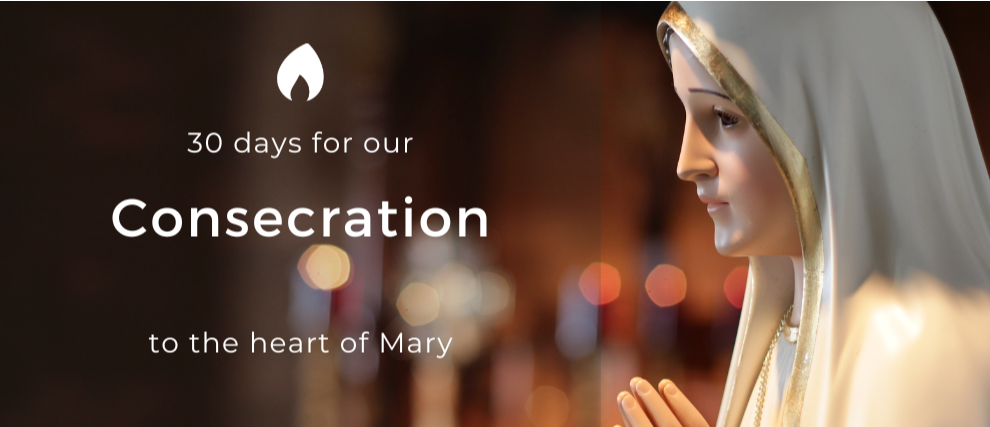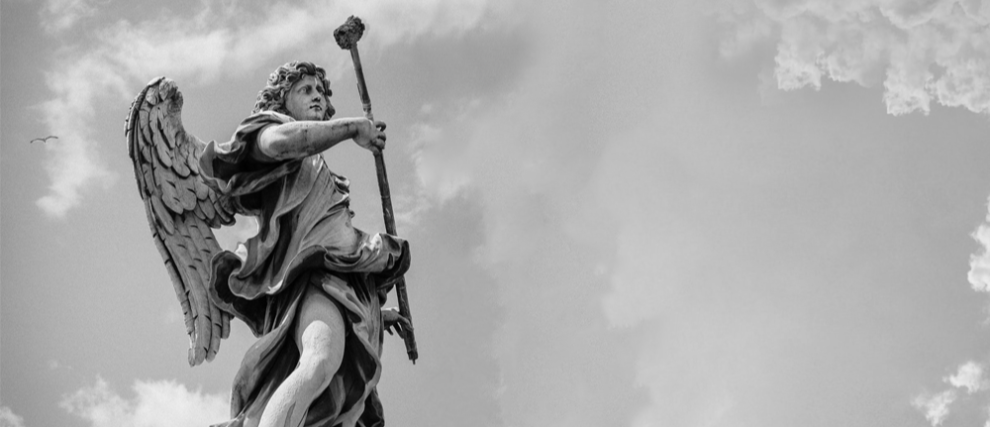The Rule of Saint Benedict
Saint Benedict of Nursia (480-547) was at the origin of the monastic rule known as Saint Benedict. When he began to found monasteries in Italy, notably that of Subiaco and Monte Cassino in 529, Benedict noticed the lack of a common basis establishing a discipline of life for the brothers. Indeed, at the time, monastic life was still poorly organized; there were many hermitic monks, but fewer communities of brothers. Around 530, Saint Benedict decided to write the basic principles of the monk's life to guide his disciples and their spirituality. The Rule is distinguished by the will of the founding father not to demand anything excessive. Saint Benedict specifies that it is only a "draft rule", meaning it gives space to grow in love and Christian perfection, but it is then up to each monk to deepen it. Saint Gregory the Great, the first biographer of Saint Benedict, drew up the rule, which quickly took off considerably.
Principles of the Rule
As Benedict XVI says, Saint Benedict has indicated the search for God as the fundamental and even unique objective of existence. The Rule is a detailed book of instructions governing the monastic life of the Benedictines. It organizes their lives on the practical and spiritual level.
- The rule establishes the role of the Abbot. Saint Benedict wants the Abbot to rule in such a way that "the strong desire to do more, and the weak do not become discouraged." The abbot is the representative of Christ in the monastery, he must lead the brothers on the way of holiness.
- The rule gives a concrete way in which the life of monks is organized between work and prayer. Saint Benedict insists in particular on the central place given to manual and intellectual work: “The brethren must therefore devote certain hours to the work of the hands and others to the reading of divine things.”
- The rule describes the monastic virtues of obedience, humility, and the spirit of silence.
- The Rule gives the meaning and importance of fraternal life: "Each one will seek to honor his brothers, choosing their interests rather than his own." Charity has a central place among the brothers, Saint Benedict says: "We will receive as Christ himself all the guests who will present themselves," and further, "Above all, and above all, we will take care of the sick, and serve them as if they were Christ in person."
- The rule organizes in detail the monastic liturgy, called by Saint Benedict the Opus Dei: the work of God. This liturgy is the heart of the monk's life, it is centred on the daily Eucharist and on the other prayers: Night watches, Laudes, Liturgies of the Hours, Vespers, Complines.
According to the request of Saint Benedict, the brothers read the entire rule three times a year. The habit of the Benedictines is usually black with a cap, a belt and the scapular.
Religious orders according to the Rule of Saint Benedict
In addition to the Benedictines, the Rule of Saint Benedict is followed by other religious orders, which are thus part of the great Benedictine family:
- The Cistercians
While in the 11th century the Benedictines moved away from the ideal of life of Saint Benedict, especially with the splendor of Cluny, some monks dreamt of returning. In 1098, Robert of Molesme founded the abbey of Cîteaux, which grew thanks to Saint Bernard of Clairvaux. He advocated a return to the Rule of Saint Benedict in all its dimensions, and the manual work neglected by the Benedictines was put back at the center of community life. The Cistercian monks themselves worked their lands, as the Rule of Saint Benedict requires: "It is then that they will truly be monks, when they live from the work of their hand." Religious ceremonies were purified, as was the decoration of churches, to help monks focus on God and prayer. The Cistercians wished to return to a humble life, without splendor, responding to the evangelical ideal which is the basis of all Christian life.
- The Mont-Olivet Order
This order created in 1313 is also called the Benedictine congregation of Notre-Dame du Mont-Olivet.
- The Trappists:
Also known as the Cistercian Order of Strict Observance, it was created in 1662. This contemplative order seeks union with God through community life. All Cistercian monasteries are dedicated to Mary, Mother of God. The Solemnity of the Assumption on August 15th is the celebration of the order.

